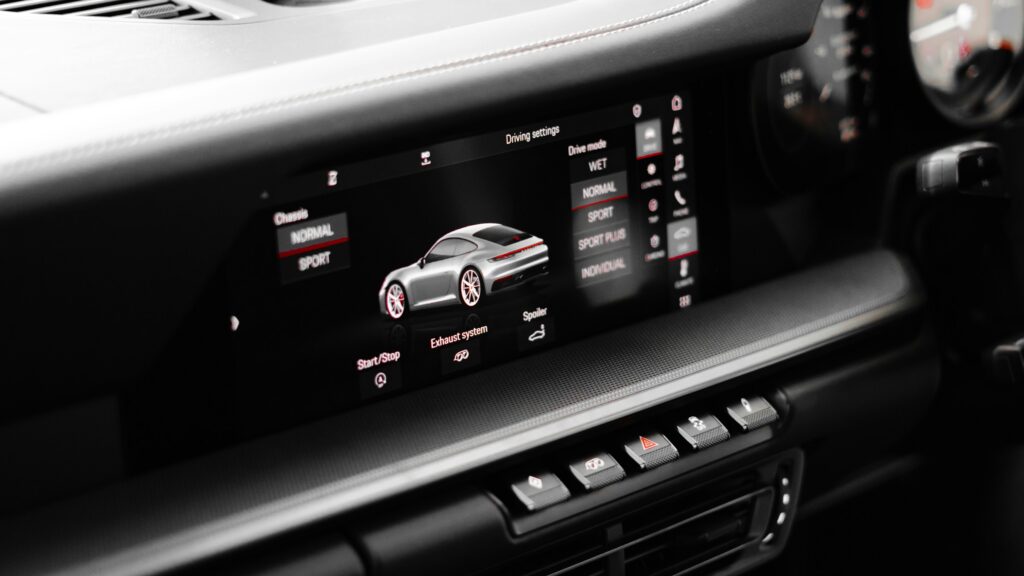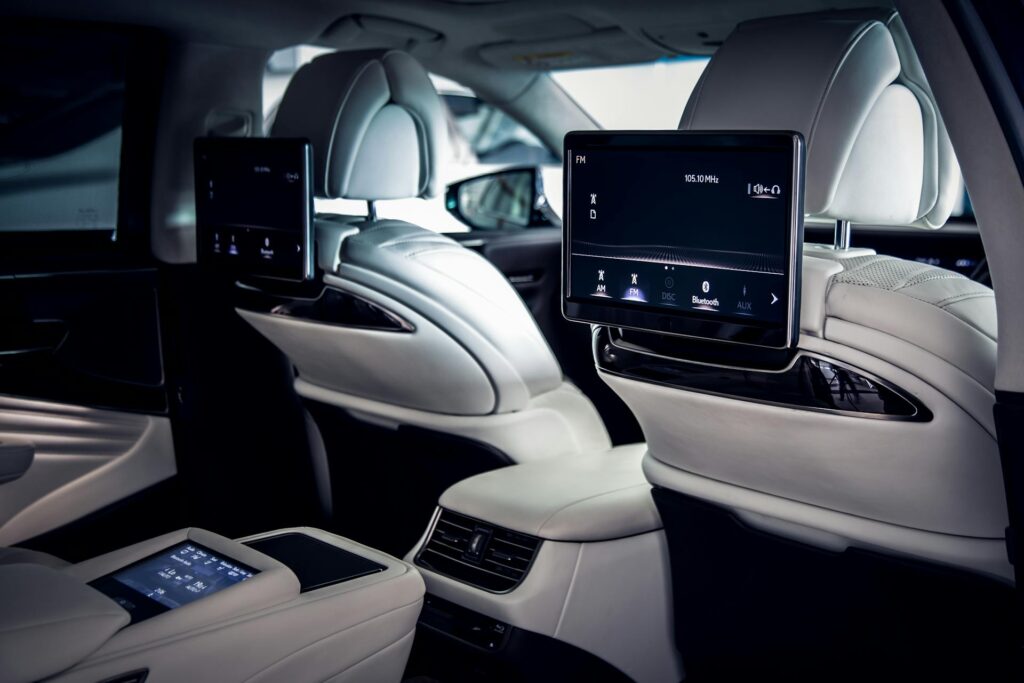Understanding global auto consumer behavior has never been so crucial as the motor industry is experiencing unprecedented disruption. Deloitte’s 2024 Global Automotive Consumer Study surveyed over 27,000 consumers across 26 countries and discovered fascinating regional nuances that redefine how carmakers interact with individual nations. These results show your car-buying decisions reflect broader economic and cultural shifts worldwide.
EV Interest Reflects Regional Divide
The most notable trend in global car buyer consumerism is the uptake of electric cars. High-interest rates and high price tags are moderating the demand for EVs in some markets, irrespective of price cuts by manufacturers and subsidies by governments. The trend is being felt very differently by different geographic regions, with developed economies going slower than emerging markets.
Range anxiety, charging infrastructure constraints, and lengthy charging times continue to plague EV popularity among traditional automotive markets. Consumer appetite for Internal Combustion Engine cars is, however, making a comeback in certain markets since cost concerns remain at the top of purchasing decisions.
The figures suggest that your choice to purchase an EV largely depends on where you are, with economic climate and local infrastructure influencing ultimate consumer confidence.
Read More: Software‑Defined Vehicles Explained: Benefits and Risks
What Drives Brand Choice Varies Globally
Global car consumer behavior evidences fascinating cross-cultural differences in brand selection reasons. Price is the primary reason for vehicle brand choice among consumers in highly advanced markets like Germany, Japan, and the United States. Priorities are entirely different elsewhere, however.
In South Korea and China, the performance of cars takes center stage in the consumer mindset, and quality is the largest driver for driving Indian consumer brand choices. This difference in regional preferences is a function of differing levels of market maturity and customer aspirations.
If you’re purchasing a car, it is more understandable why some manufacturers emphasize different points in various regions, because they’re responding to various regional issues.
Read More: Are We Heading Toward ‘Autobesity’? Environmental and Safety Effects
Connected Vehicle Interest Follows Economic Lines
The study reports stringent contrasts in connected vehicle interest across global auto consumer behaviors. Consumers in India, China, and Southeast Asia are more likely to pay for connected vehicle services compared to consumers in the United States, Japan, and Germany.
Most in demand are maintenance updates, traffic safety alerts, and safer route assistance. But paying a premium for connected technology is not particularly high in mature markets.
This is a sign that mature markets view connectivity as standard kit, while emerging markets view it as premium value-added technology, where more should be paid to receive.
Subscription Models Appeal to Younger Demographics
Perhaps the most fascinating aspect of shifting global car consumer behavior relates to ownership choices. With uncertain economic conditions, large numbers of younger consumers across most markets want to give up on car ownership in its entirety for subscription models.
There are apprehensions regarding car availability, total ownership costs, and greater perceived monthly fees. The subscription option appeals primarily to 18-34-year-old consumers who prioritize flexibility over the conveniences of ownership.
Regional Approaches Establish Future Markets
These global auto consumer behavior facts reveal why manufacturers increasingly tailor approaches by region rather than searching for one-size-fits-all approaches. Your regional market conditions, cultural preferences, and economic realities significantly influence inventory decisions and advertising messaging.
Understanding these trends allows you to make informed decisions while observing how your preferences enable broader regional patterns that determine automotive industry direction.
Read More: Are SUV and Truck Sizes Too Big? Exploring ‘Autobesity’



